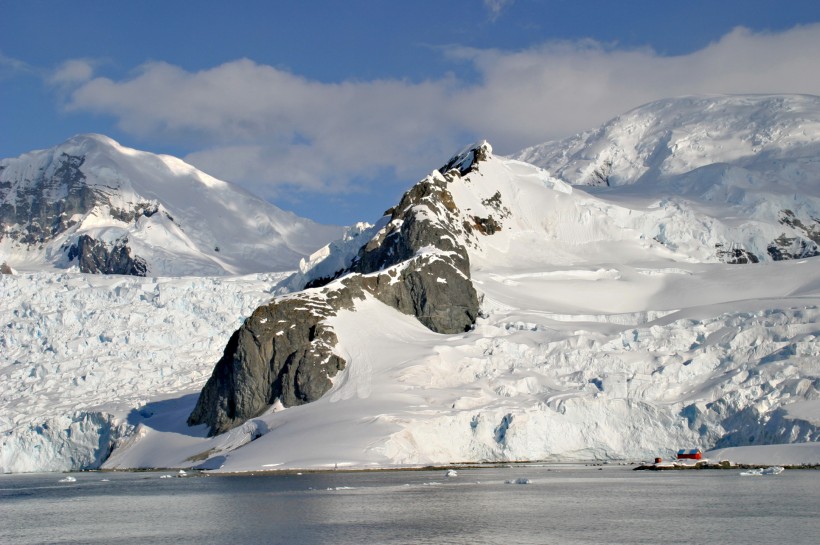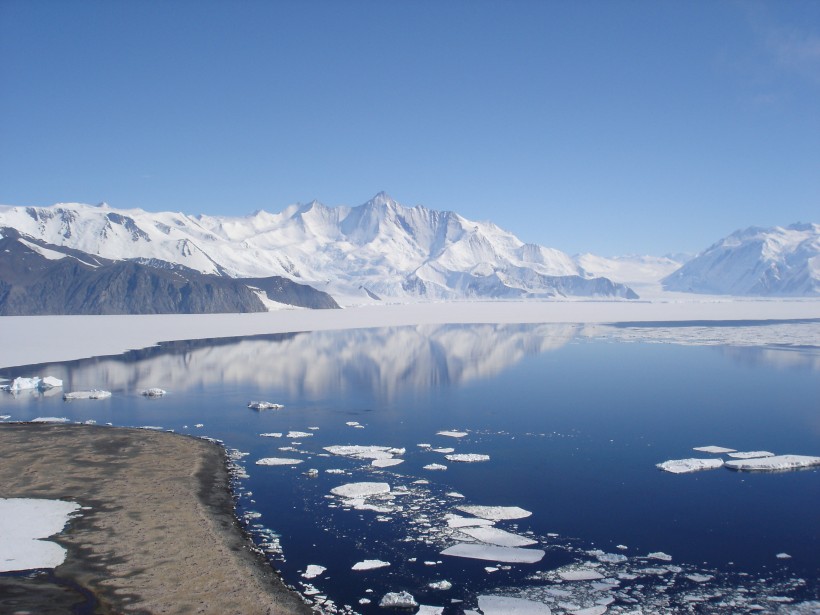According to a study, Antarctica's two native blooming plants are expanding fast as temperatures rise. Flourishing fora in this cold region indicates that changes in vulnerable polar ecosystems have accelerated in the last decade

Increase in Plant Growth
According to experts working on Signy Island in the South Orkney Islands, the growth in plants since 2009 has been bigger than the previous 50 years combined, coinciding with fast-rising air temperatures and a fall in the number of fur seals.
Since 1960, scientists on the island have investigated populations of Antarctic hairgrass (Deschampsia antarctica) and Antarctic pearlwort (Colobanthus quitensis). Between 2009 and 2018, hairgrass expanded five times faster than it did between 1960 and 2009. According to the report, the growth in pearlwort was nearly ten times greater.
Despite a substantial cooldown in 2012, summer warming has climbed from +0.02C to +0.27C each year over the last decade, as reported by Business Insider.
Prof. Nicoletta Cannone, a key researcher from the University of Insubria in Como, Italy, said, "Antarctic terrestrial ecosystems respond swiftly to these climatic inputs. I was anticipating a significant rise in the number of these plants, but we are seeing several signs that Antarctica is undergoing a huge shift."
According to the study, which provides one of the oldest records of plant changes in Antarctica, the warmer summer air is the primary driver of change.
There are fewer fur seals on the island, which trample on the vegetation as an additional factor. The fall in the number of seals is unknown; however, it is most likely due to changes in food supply and water conditions.
Related Article: East Asian Subtropics Greatly Affected by Arctic Warming
Various Determining Factors

Fur seals impacted changes from 1960 to 2009, but the increase in temperature was the key driver between 2009 and 2018.
More ice-free places are projected to be developed in the future decades, and experts say Signy Island's findings reflect the region's overall warming tendencies. In the report published in Current Biology, researchers said, "Our findings support the idea that future warming would drive dramatic changes in these vulnerable Antarctic ecosystems."
The pH of the soil, the bacteria and fungus in the soil, and the decomposition of organic waste will all alter as these species spread. According to Cannone, changes in soil chemistry, as well as permafrost degradation, will result in a cascade of changes that will have "consequences for all components of terrestrial ecosystems."
Photosynthesis on Polar Regions
The plants can photosynthesize in snowy circumstances with air temperatures below 0 degrees Celsius, as they are accustomed to a short growing season. They are not excellent at competing with other non-native plants, despite their ability to reproduce swiftly and under difficult climatic circumstances.
Although certain native species may benefit from climate change in isolation, experts warn that it raises the likelihood of non-native species outcompeting native species and causing permanent wildlife loss.
Signy Island, for example, was colonized by an invasive grass species called Poa annua, which is commonly used on golf courses. "The introduction of alien species can result in a severe loss of Antarctica's natural biodiversity, which has evolved and survived for millions of years," Cannone added. Furthermore, the shift in vegetation will have a cascading effect on the whole biota of terrestrial ecosystems."
Warming episodes in the mid-Pliocene permitted species to migrate from South America to Antarctica, and vice versa, allowing for the spontaneous movement of species from South America to Antarctica, as mentioned in Discovering Antarctica.
Scientists warn that current levels of warming might have already spurred such migrations of mosses, lichens, vascular plants, and invertebrates in the Antarctic, assisted by human activities - notably increased levels of tourism.
Also Read: Three Scientists Awarded 2021 Nobel Prize for Finding Patterns in World's Chaotic Climate
For more environmental news, don't forget to follow Nature World News!
© 2024 NatureWorldNews.com All rights reserved. Do not reproduce without permission.




![Roundworms with Short Memories 'Stop Forgetting' When Frozen or Given Lithium [Study]](https://1471793142.rsc.cdn77.org/data/thumbs/full/70295/280/157/50/40/roundworms-with-short-memories-stop-forgetting-when-frozen-or-given-lithium-study.jpg)
